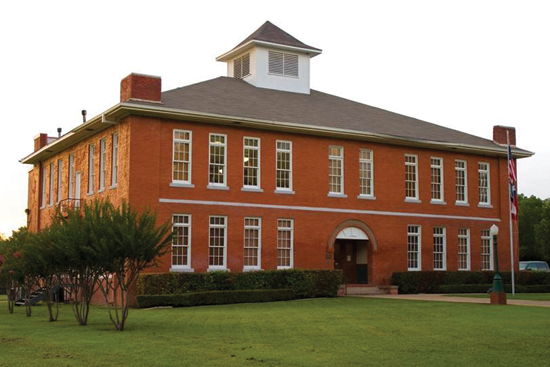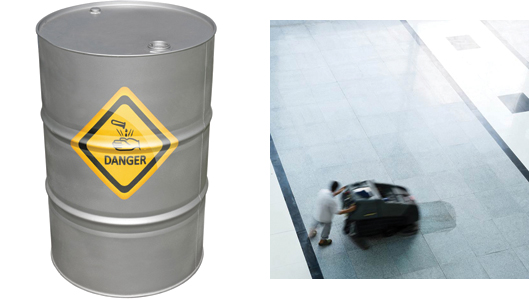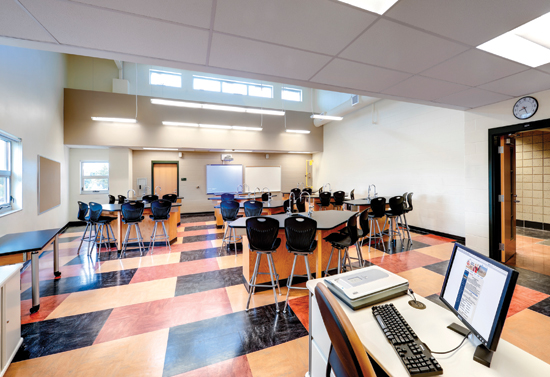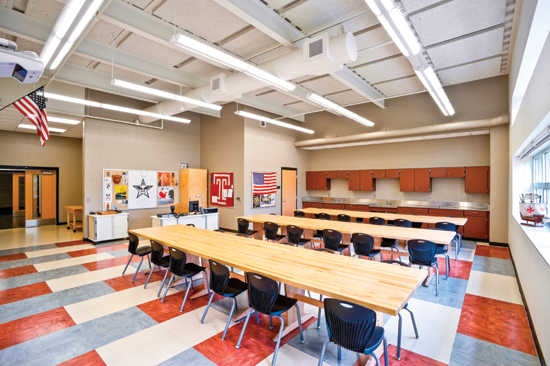Creating Healthy Learning Environments

Photo courtesy of Forbo Flooring Systems
The average school building in use today is not a new one, but an existing building that may be 50 to 60 years old with issues associated with materials and maintenance.
Where do those pollutants come from? Experts worldwide confirm that a variety of toxins known as volatile organic compounds, or VOCs, can be emitted from certain building construction materials, cleaning and maintenance products, or school supplies. VOCs include substances such as formaldehyde and glycol ethers as well as plasticized polyvinyl chloride (PVC). PVC is a thermoplastic made of 57 percent chlorine (derived from industrial grade salt) and 43 percent carbon (derived predominantly from oil/gas via ethylene) which is made softer and more flexible by the addition of chemicals known as phthalates. PVC and phthalates are often used in common products such as vinyl flooring, carpets, building materials, floor strippers/finishes, and in school supplies such as binders, backpacks, lunchboxes, and laptops. VOCs and phthalates contain known human toxins that are absorbed through the respiratory system or through skin contact, leading to potential health hazards for those exposed.
In addition, since (and despite) the enactment of the Toxic Substance Control Act of 1976, 84,000 chemicals remain untested for toxicity and are potentially harmful. The overwhelming majority of these chemicals don't require testing and less than five have been regulated or banned under this law. Some are legal in the U.S. based on the quantity present in a given product and their ability to flow from that product to people, i.e. the exposure level. The presence of these hazards is further exacerbated by school buildings that are tightly sealed and/or poorly ventilated—a condition prevalent in both old as well as newly constructed facilities.

Photos courtesy of Forbo Flooring Systems
Chemicals found in building products and cleaners can contain toxic and potentially harmful characteristics.
When it comes to maintenance in schools, there is also a concern. In 2008 the 21st Century School Fund conducted a study, along with the separate American School & University's 36th Annual Maintenance & Operations Cost Study for Schools that revealed that U.S. public schools spent only about $5 per square foot per year to maintain and operate a school. At that level, the average school reportedly spent less than half of the money on maintenance, repair, and capital renewals than would be necessary to bring it into a state of good repair and optimal environmental conditions for students. With only this amount to spend on building maintenance, it would seem wise for schools to invest in products that require minimal maintenance and post-installation expenses. However, growing financial pressures and a historic disconnect between capital and operating budgets, especially in the K-12 arena, have often driven less-than optimal investment decisions. Building materials are often selected to satisfy only first-cost, short-term budget issues without understanding the long-term cleaning and maintenance costs associated with cleaning supplies and operations labor.











